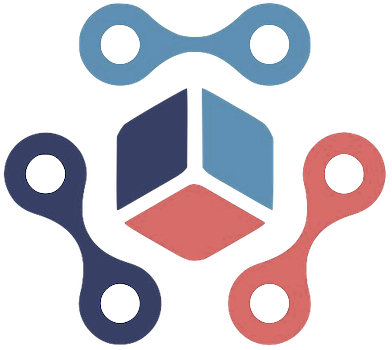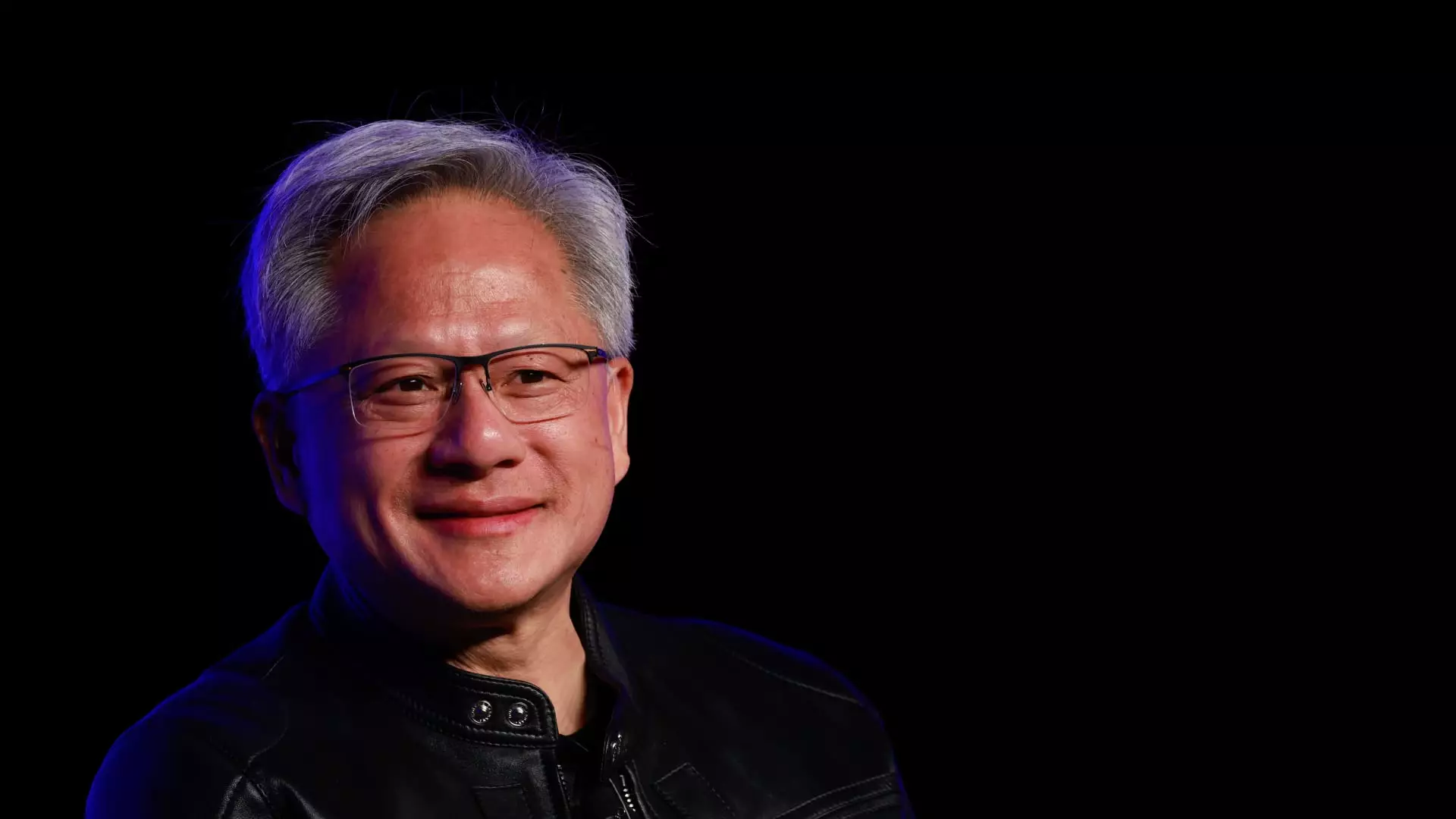Artificial intelligence (AI) is often heralded as a groundbreaking frontier in technology. Recently, Nvidia CEO Jensen Huang articulated a bold vision for AI, dubbing it the “great equalizer” during his address at London Tech Week. For decades, programming remained an exclusive realm dominated by those with the skills to navigate complex coding languages. In this outdated paradigm, barrier after barrier stood between the average person and the ability to create, innovate, or interact with technology. Huang’s assertion that AI has introduced a new “programming language”—human—positions this technology not merely as a tool, but as a transformative force that democratizes access to information and creativity.
Huang’s observations underscore a profound shift in how we think about interfaces between humans and machines. Traditional programming languages like C++ and Python can seem daunting and out of reach for many, whereas the “human” language Huang speaks of feels more intuitive. By allowing users to communicate with machines in a conversational manner, AI rends apart the historical stranglehold of technical expertise and nurtures a culture of digital cooperation. This evolution is empowering; it dismantles traditional hierarchies that have long dictated who gets to shape technology.
The Rise of Conversational AI
The unveiling of ChatGPT by OpenAI marked a watershed moment in the evolution of AI technology; it allowed for a level of human-like interaction that was previously the stuff of science fiction. Huang’s mention of conversational AI exemplifies a crucial aspect of this trend. With platforms like ChatGPT reaching an astonishing 400 million weekly active users, the potential for conversational AI extends far beyond mere casual interactions. Businesses are harnessing this capability to streamline complex tasks, thereby rewriting the script on productivity and engagement in various sectors.
Conversational AI systems are no longer the clunky, robotic communication tools of yesteryear. Instead, they are evolving into robust partners that can understand nuance, context, and even creativity. Huang emphasizes that the way we communicate—the deliberate phrasing and gentle nudging to achieve an endpoint—mirrors how we would engage with another human being. This sophisticated interaction fosters a collaborative atmosphere where users can explore ideas and iterate on concepts with AI assistance, fundamentally changing how we generate content, solve problems, and even write poetry.
AI at Work: Changing the Employment Landscape
Huang’s optimistic perspective on AI’s role in the workplace shines a light on a pressing concern: its potential to replace jobs. As companies like Shopify, Duolingo, and Fiverr endorse the incorporation of AI into professional settings, there’s an undercurrent of anxiety regarding job security. Yet, Huang contends that AI is primarily a catalyst for productivity, rather than a harbinger of obsolescence. By empowering employees to leverage AI technologies, workers can expand their capabilities and enhance their value to organizations.
In this new era, skills don’t just form around traditional expertise, but rather around the ability to effectively communicate and collaborate with AI. For instance, a marketing professional who interacts with AI tools can create better campaigns by deriving insights from data in real time, thereby leveraging AI as a partner rather than viewing it as a competitor. The AI-driven workplace fosters an environment where learning and adaptability become critical skills, allowing individuals—regardless of their background—to find value in emerging roles.
Encouraging Engagement Across All Ages
What makes Huang’s vision particularly appealing is its universality. He argues that anyone can learn to communicate with AI, a claim that resonates deeply in an age where children are already engaging with technology in playful yet productive ways. This democratization of AI literacy has profound implications; it equips future generations with the skills necessary to navigate a digital world that is increasingly intertwined with artificial intelligence.
The suggestion that everyone—regardless of age or technical skill—can engage with AI signifies a future rife with possibilities. From young students learning to code through natural dialogue with AI, to professionals embracing these tools to enhance their expertise, the potential becomes nearly limitless as we all adapt to these advancements. Huang’s call for widespread engagement is not merely aspirational; it’s a necessary step towards ensuring that society at large benefits from technological evolution.
As AI continues to evolve, its capacity to act as a great equalizer becomes ever more evident. From transforming programming into a universal language to reshaping the employment landscape and encouraging engagement across ages, the implications of these advancements are expansive and exhilarating. The question remains not if we should embrace this change, but rather how swiftly we can adapt and harness the power of AI to elevate our collective capabilities.

